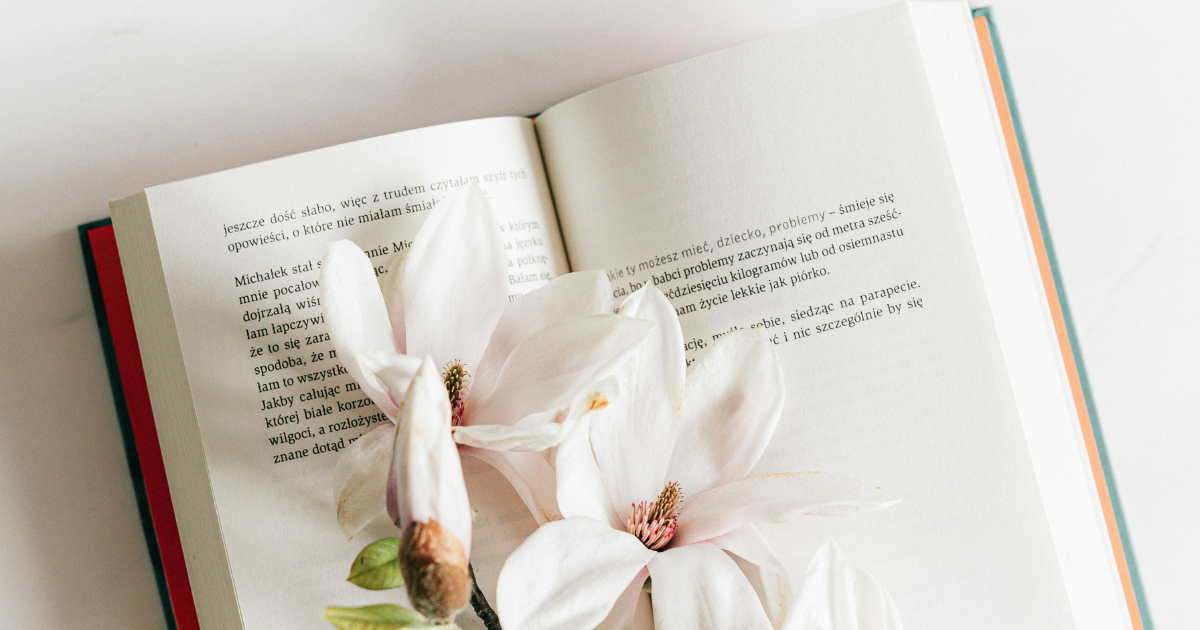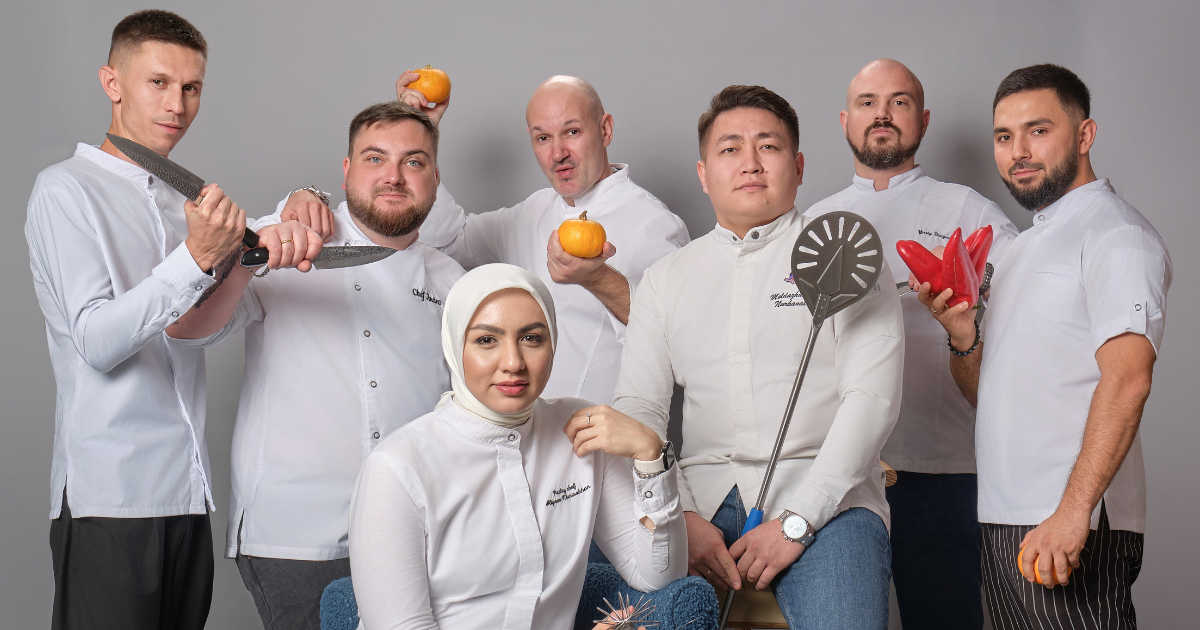When a bouquet turns into a dish
What is floral cuisine?
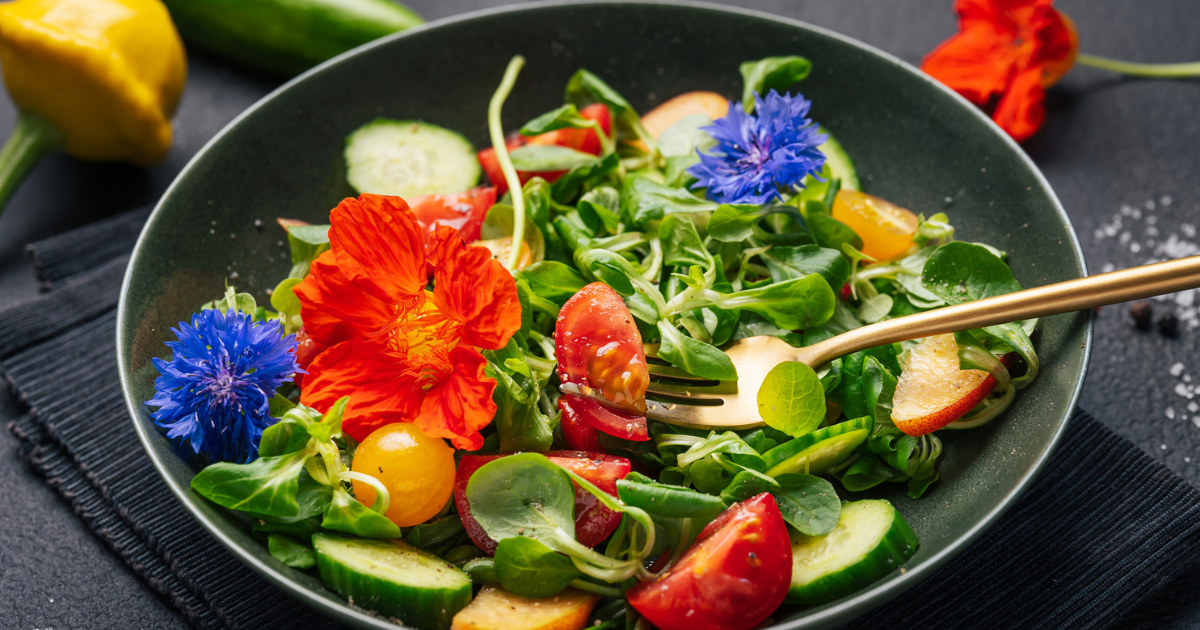
To some, it may sound unusual, but floral cuisine is far from a new phenomenon. For centuries, flowers have been used not only in cooking but also in medicine and rituals – from ancient Chinese traditions to lavish Persian feasts. They were never just decorations, they were an essential part of gastronomy and culture.
Chrysanthemums – a symbol of nobility
For instance, ancient Chinese cookbooks from the Song dynasty (960–1279 AD) list at least 15 recipes using flowers. In imperial China, chrysanthemums were valued not only for their beauty but as symbols of refinement. They were made into wine, and rice cakes crafted from hundreds of petals became a fashionable delicacy. These recipes, including those from the medieval culinary manual “Shan Jia Qing Gong”, gradually became part of folk tradition.
In the 17th century, the Dutch introduced chrysanthemums to Europe, where they quickly charmed aristocratic gardens. By the next century, the British gave them new life, returning them to the kitchen.
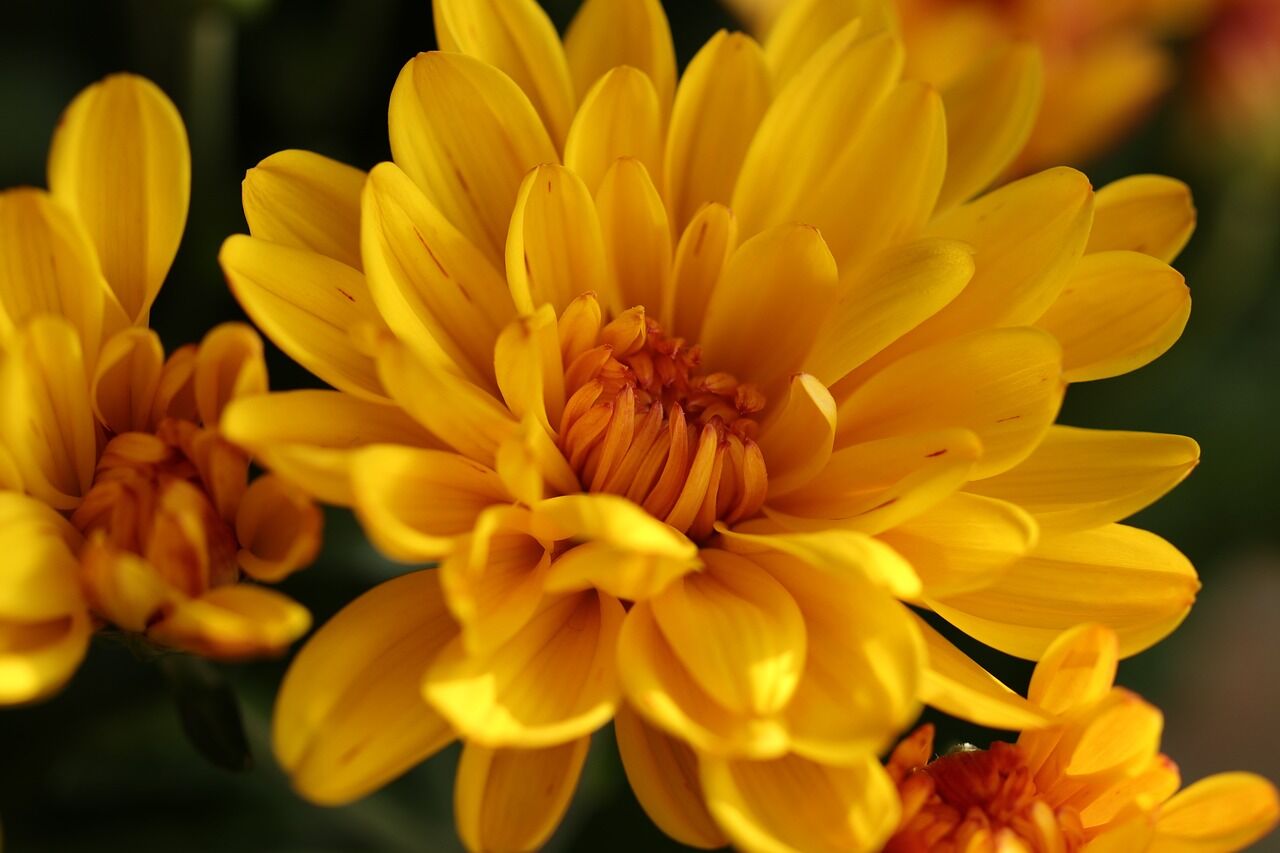
photo: pixabay
In ancient Greece, their tender petals added a pleasant bitterness to fresh salads or were simmered in fragrant stews. In medieval England, they were used to craft a truly magical elixir: a rough spring wine that, after aging, took on a deep, honeyed flavor. Folktales even whispered of fairies’ tricks – who else, after all, could turn bitterness into sweetness?
From ancient elixirs to delicate syrups
Petals are the true treasures of floral gastronomy. Unlike full blossoms, their soft texture and concentrated aroma have long been prized for creating refined flavors and fragrances.
As far back as antiquity, Chinese emperors, Persian sheikhs, and Roman nobles revered roses, jasmine, and hibiscus for their ability to turn ordinary water into a luxurious drink. It was in Persia that the art of steam distillation was born, where essential oils were extracted and fragrant rose water was captured as a precious byproduct.
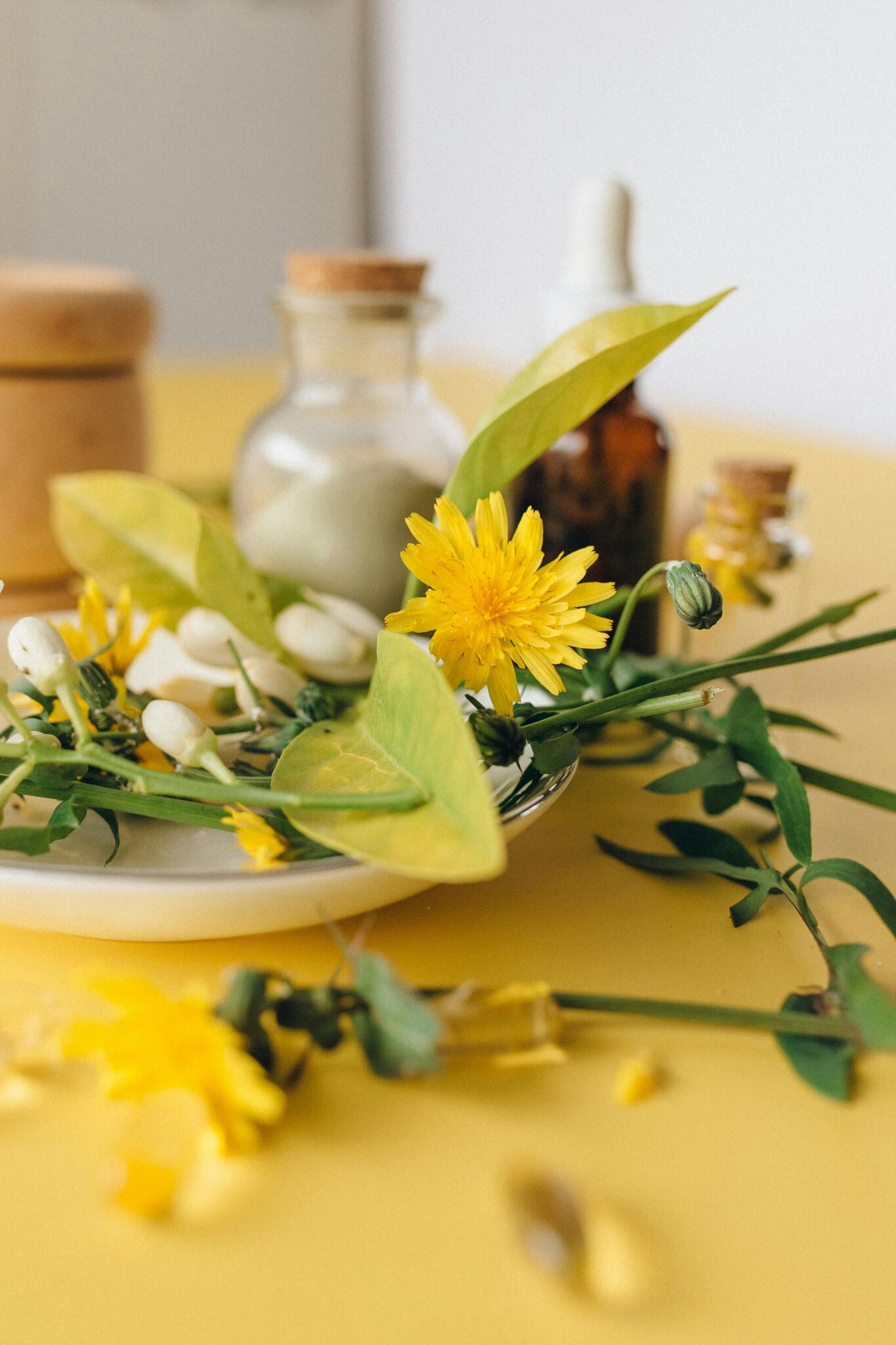
photo: pexels
In ancient Greece, their tender petals added a pleasant bitterness to fresh salads or were simmered in fragrant stews. In medieval England, they were used to craft a truly magical elixir: a rough spring wine that, after aging, took on a deep, honeyed flavor. Folktales even whispered of fairies’ tricks – who else, after all, could turn bitterness into sweetness?
From ancient elixirs to delicate syrups
Petals are the true treasures of floral gastronomy. Unlike full blossoms, their soft texture and concentrated aroma have long been prized for creating refined flavors and fragrances.
As far back as antiquity, Chinese emperors, Persian sheikhs, and Roman nobles revered roses, jasmine, and hibiscus for their ability to turn ordinary water into a luxurious drink. It was in Persia that the art of steam distillation was born, where essential oils were extracted and fragrant rose water was captured as a precious byproduct.
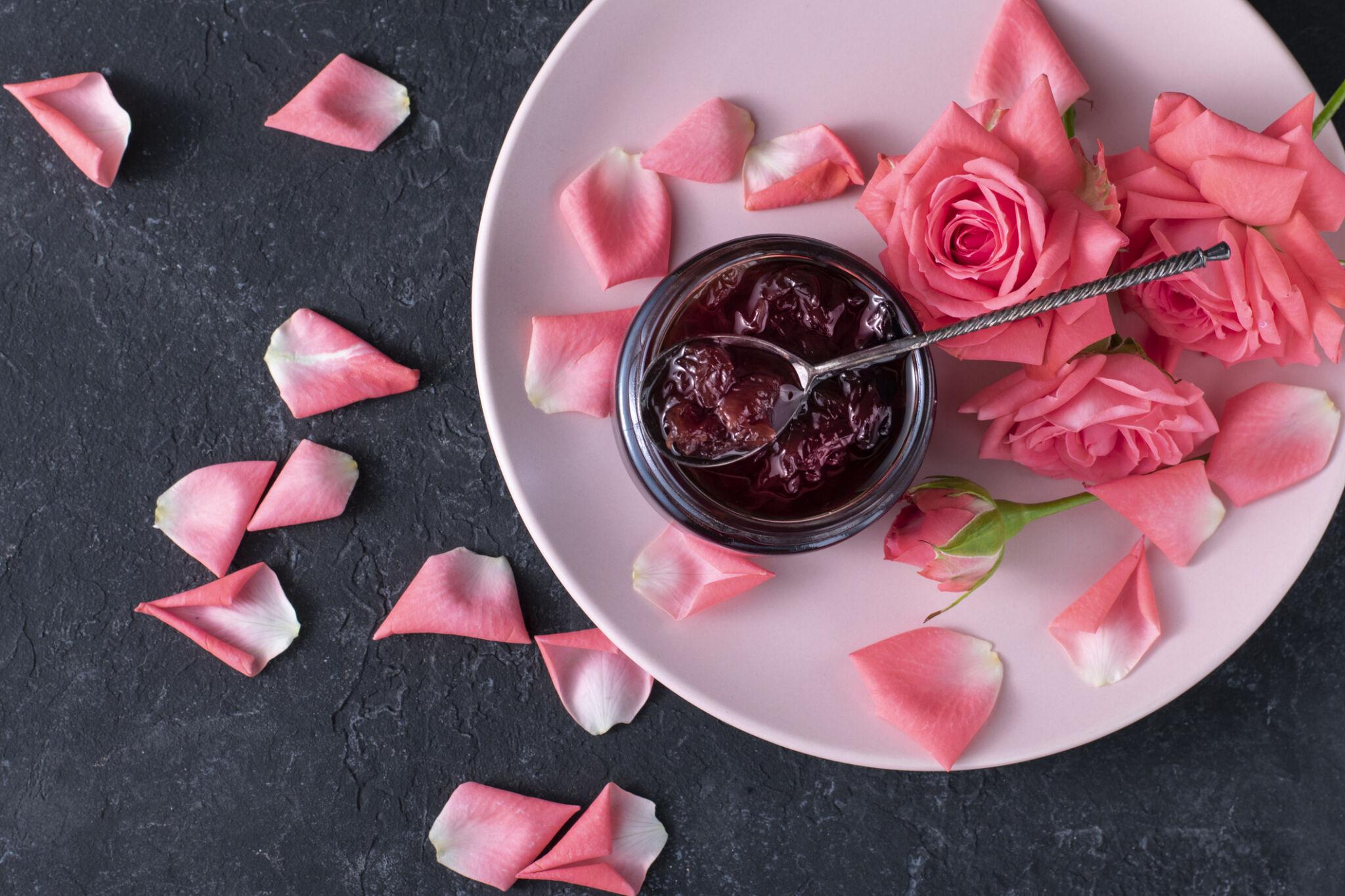
photo: iStock
This precious secret traveled along the Silk Road, reaching India with its rich spice heritage and the palaces of the Arab world with their opulent traditions. But it was Bulgaria that became the true guardian of this legacy – its Rose Valley still produces 85% of the world’s rose oil, continuing a centuries-old perfumery tradition.
We could spend hours describing every flower that finds its way onto the plate today. But it’s better to take just one bite, and let the taste of the petals tell their own story.
